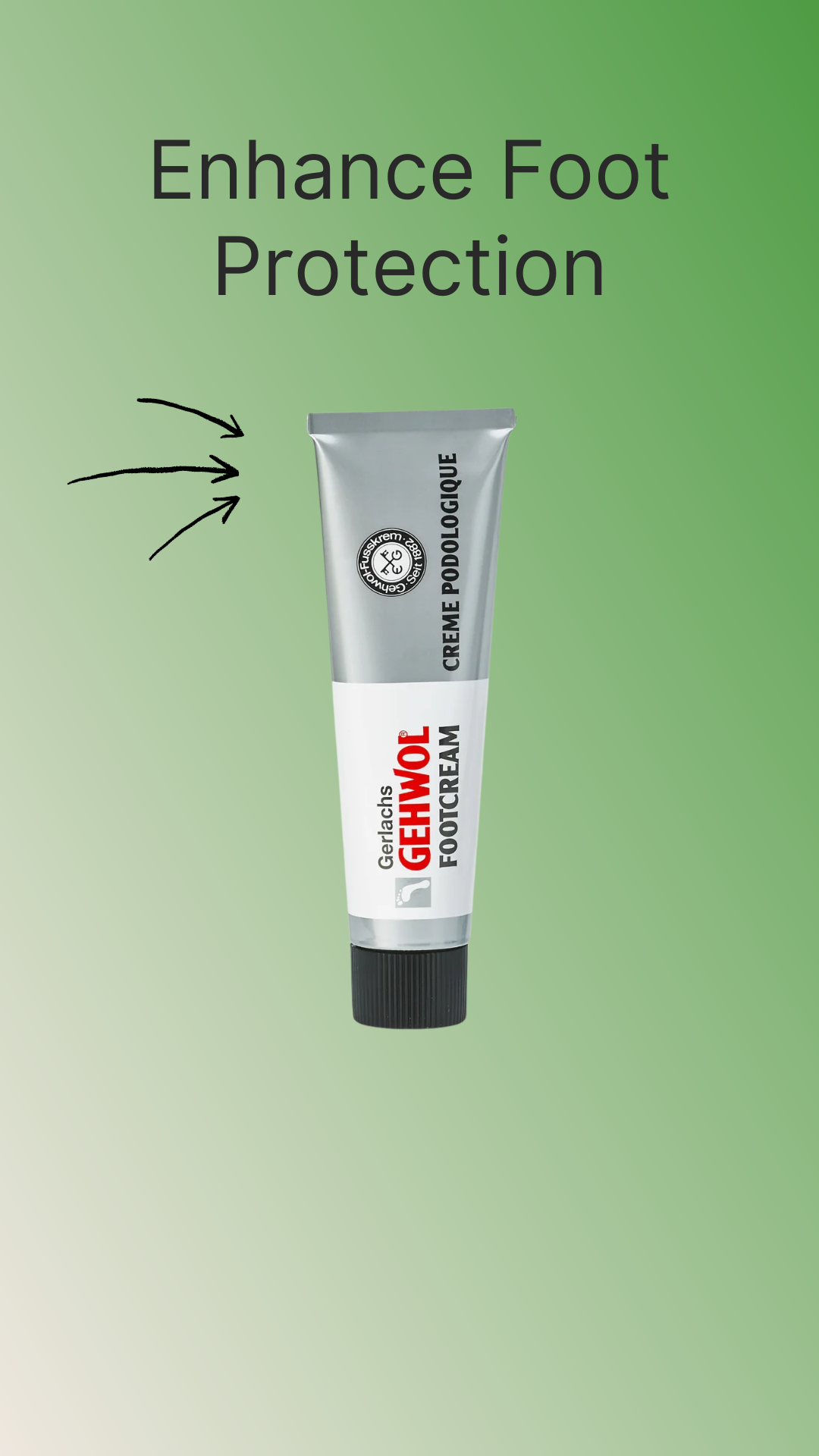Peripheral neuropathy is a condition that damages the nerves in the feet, often causing numbness, tingling, burning sensations, or loss of balance. For women, neuropathy can make walking uncomfortable and increase the risk of injury if the feet are not properly protected. The right footwear is essential to provide cushioning, stability, and safety.
This guide explores the best shoe features for women with peripheral neuropathy, how orthopedic shoes provide relief, and practical tips for daily foot care.
What Causes Peripheral Neuropathy in Women?
-
Diabetes (a leading cause of neuropathy)
-
Vitamin deficiencies or poor circulation
-
Side effects of certain medications
-
Autoimmune conditions
-
Nerve damage from injury or surgery

Key Shoe Features for Peripheral Neuropathy
Seamless Interiors
Prevent rubbing that could cause sores or blisters on insensitive feet.
Cushioned Insoles
Protect against impact and provide softness for numb or tender feet.
Wide & Deep Fit
Accommodate swelling and reduce pressure points.
Non-Slip Soles
Improve balance and reduce fall risk.
Breathable Materials
Help keep feet dry and lower infection risk.
Why Orthopedic Shoes Are Ideal for Neuropathy
-
Enhanced Safety – Protective designs reduce injury risks.
-
Improved Comfort – Extra cushioning eases burning or tingling.
-
Supportive Fit – Wide and deep options accommodate changing foot shape.
-
Daily Wearability – Lightweight and stable for long hours of use.
-
Orthotic Friendly – Removable insoles allow specialist inserts.
Everyday Foot Care Tips for Women with Neuropathy
-
Inspect feet daily for cuts, redness, or blisters.
-
Wash and moisturise feet to prevent dryness.
-
Never walk barefoot indoors or outdoors.
-
Wear seamless socks to reduce irritation.
-
Consult a podiatrist for regular foot checks.
Final Thoughts
Peripheral neuropathy requires careful foot management, and the right shoes play a vital role in maintaining comfort and safety. For women in the UK, orthopedic footwear with seamless interiors, cushioning, and non-slip soles helps reduce risks and improve mobility. Supportive shoes aren’t just about comfort—they’re essential for protecting long-term foot health.



